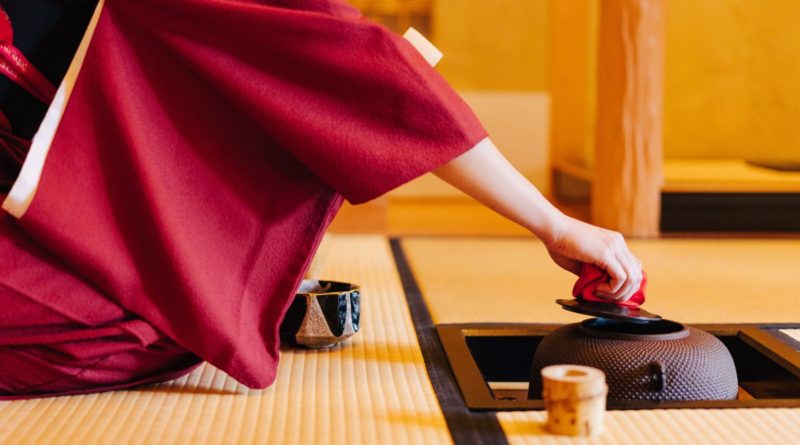The art of the Japanese tea ceremony
The Japanese tea ceremony, also known as “Chanoyu” or “Sado,” is a traditional Japanese ritual that centers around the preparation and presentation of tea. The ceremony is a highly respected and revered art form in Japan, and has been practiced for centuries as a way to promote mindfulness, harmony, and respect.
The history of the tea ceremony dates back to the 9th century, when tea was first introduced to Japan from China. At this time, tea was primarily consumed by the aristocracy and was often used in religious ceremonies. It wasn’t until the 16th century that tea drinking became more widespread in Japan and the tea ceremony began to take on its current form.
The tea ceremony is typically held in a dedicated tea room, known as a “chashitsu.” The room is often designed with traditional Japanese architecture and features simple decor, such as a flower arrangement and a scroll hanging on the wall.
The tea ceremony is a multi-step process that requires great attention to detail and precision. The host prepares the tea by first cleaning the utensils and then measuring out the correct amount of tea powder. Hot water is then added to the powdered tea and the mixture is whisked until it becomes frothy. The tea is then served to the guests in small bowls, which they drink from using both hands.
In addition to the tea itself, the tea ceremony also involves a variety of other rituals and customs. These may include the purification of the utensils, the preparation of sweets to accompany the tea, and the exchange of greetings and formal bows between the host and the guests.
One of the key principles of the tea ceremony is “wabi-sabi,” which refers to the appreciation of imperfection and simplicity. This principle is reflected in the minimalist aesthetic of the tea room and the emphasis on natural materials, such as wood and bamboo, in the utensils and decor.
Attending a Japanese tea ceremony is a wonderful way to experience Japanese culture and traditions firsthand. Many tea ceremonies are open to the public and can be experienced at traditional tea houses, temples, or even in private homes. Some tea houses offer special packages that include a tour of the tea room and a demonstration of the tea ceremony, as well as a chance to try the tea and sweets for yourself.
If you are interested in learning more about the tea ceremony, there are also classes and workshops available where you can learn the techniques and customs from a tea master. These classes may be held in Japan or in other countries around the world, and can be a great way to deepen your understanding and appreciation of this fascinating aspect of Japanese culture.
The Japanese tea ceremony is a beautiful and intricate art form that reflects the country’s long history and deep cultural traditions. Attending a tea ceremony is an opportunity to experience Japanese culture in a unique and meaningful way, and to gain a deeper appreciation for the principles of mindfulness, harmony, and respect that underlie this ancient practice. Whether you are a tea lover or simply interested in Japanese culture, the tea ceremony is an experience that is not to be missed.

